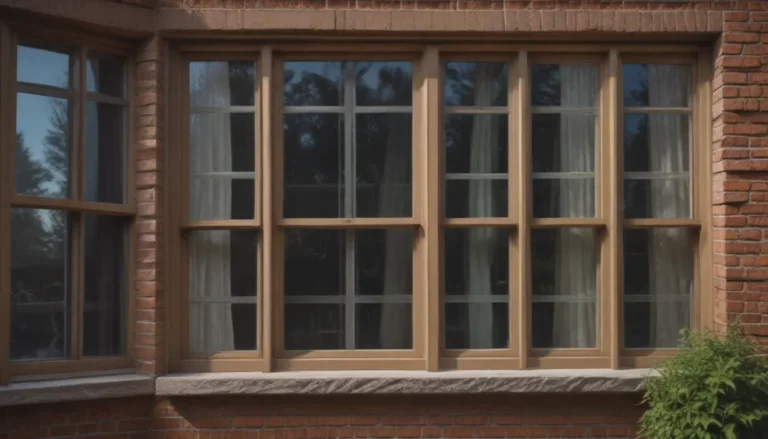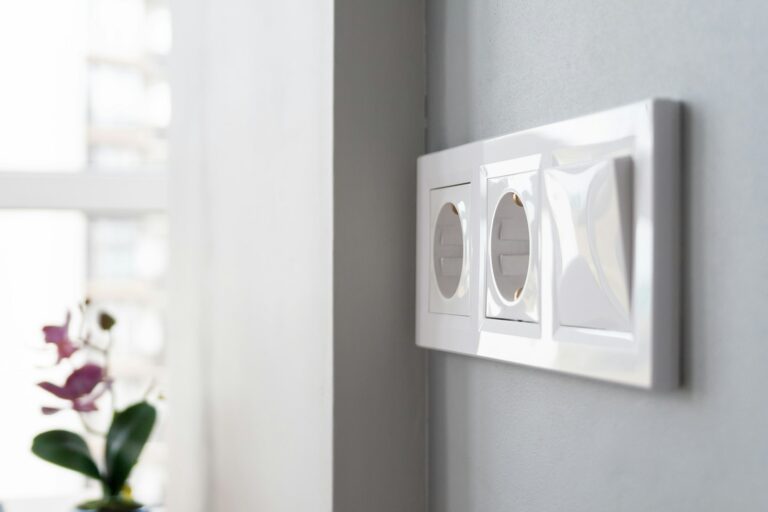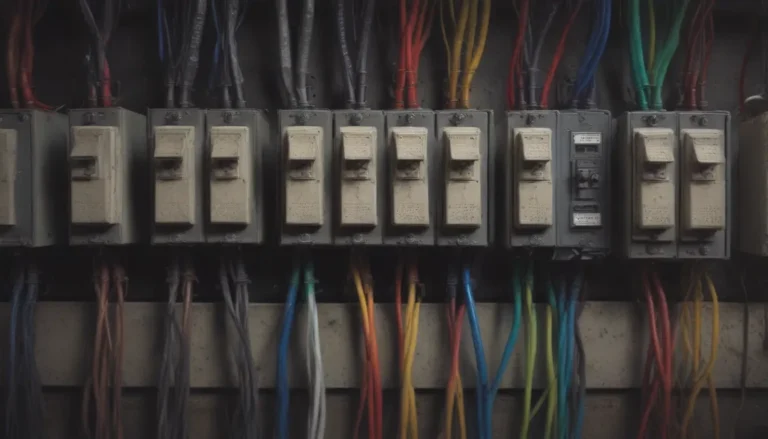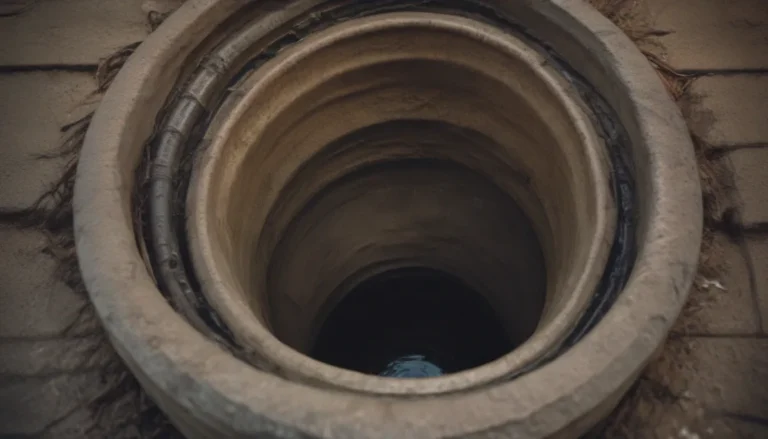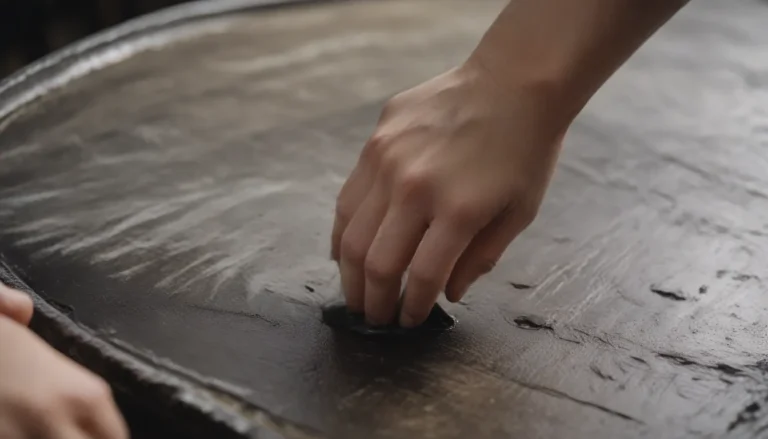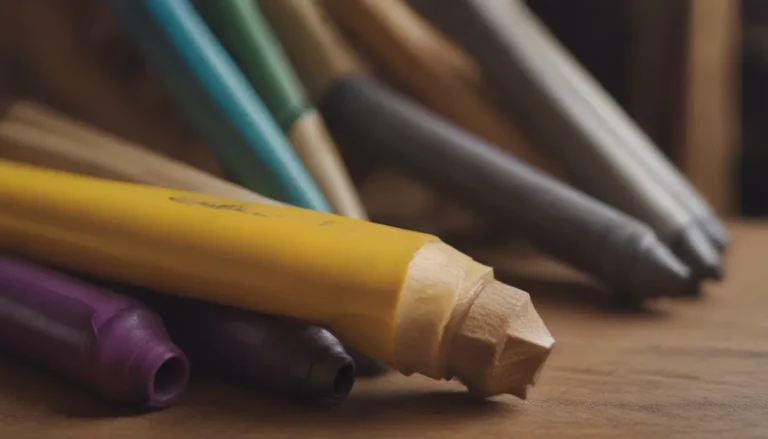How to Identify and Resolve Common Electrical Wire Connection Problems

Do you ever experience flickering lights, buzzing sounds, or other electrical issues in your home? These problems might be caused by improper wire connections. The good news is that many of these issues can be easily resolved with a little know-how. In this article, we will explore six common wire connection problems and provide you with practical solutions to address them.
Understanding Wire Connection Issues
Electrical problems often stem from wire connections that are made incorrectly or have become loose over time. Factors like usage, temperature changes, and poor installation can contribute to these issues. While your electrical system has safety features to prevent serious hazards, loose wire connections can still pose a risk of sparking or arcing.
Knowing where these problems commonly occur can help you identify and address them effectively. Let’s delve into the most frequent wire connection issues and how you can fix them.
Loose Wire Connections at Switches and Outlets
One of the most prevalent problems is loose screw terminal connections at wall switches and outlets. These fixtures undergo frequent use, making them prone to loosening over time. If you notice buzzing sounds, flickering lights, or other abnormalities, it’s worth checking these connections first.
To resolve this issue:
– Turn off the power to the switch or outlet.
– Inspect the screw terminals for any looseness.
– Tighten the screw terminals onto the wires carefully.
– Consider replacing push-in fittings with screw terminal connections for better stability.
By addressing loose wire connections promptly, you can restore proper functionality to your electrical fixtures and enhance safety in your home.
Wire Connections Made With Electrical Tape
Using electrical tape to join wires is a common mistake that can lead to connectivity issues. To rectify this problem:
– Turn off the circuit’s power supply.
– Remove the electrical tape and clean the wires.
– Use wire nuts or other approved connectors to join the wires securely.
– Trim damaged wire ends and strip a suitable length of insulation for a proper connection.
By employing the right connectors and techniques, you can ensure reliable wire connections and minimize the risk of electrical malfunctions.
Two or More Wires Under One Screw Terminal
Finding multiple wires under a single screw terminal on a switch or outlet is a hazardous practice that needs immediate attention. To correct this issue:
– Turn off the power source.
– Separate the additional wires from the screw terminal.
– Use a pigtail wire to connect the wires securely to the terminal.
– Ensure the pigtail wire matches the gauge of the circuit wires for a safe and compliant connection.
By adhering to proper wiring practices, you can eliminate fire risks and maintain a reliable electrical system in your home.
Exposed Wires
Improperly exposed copper wires in screw terminal or wire nut connections can lead to safety hazards. To fix this:
– Power down the device.
– Adjust the wire length to wrap around the screw terminal correctly.
– Conceal all bare copper wires within the wire nut for a secure connection.
– Verify the wires are firmly attached before restoring power to the device.
With attention to detail and proper wire handling, you can prevent short circuits and ensure the integrity of your electrical connections.
Loose Connections on Circuit Breaker Terminals
Occasionally, loose connections on circuit breaker terminals can cause flickering lights and other electrical disturbances. If you encounter this issue:
– Seek professional assistance to inspect and repair the faulty connection.
– Ensure only bare wires are placed under the terminal slot without any insulation.
– Leave complex repairs to experienced electricians for optimal safety and effectiveness.
By entrusting complex repairs to qualified professionals, you can safeguard your electrical system and prevent potential hazards.
Faulty Neutral Wire Connections at Circuit Breaker Panels
Issues with the white circuit wire not being correctly mounted to the neutral bus bar can lead to electrical problems. When facing this challenge:
– Engage a professional electrician to verify and correct the neutral wire connection.
– Follow safety protocols and adhere to proper wiring guidelines for a reliable electrical system.
Professional intervention for intricate electrical concerns ensures a thorough assessment and resolution of the underlying issues, promoting a safer and more efficient electrical setup.
Conclusion
By understanding the common wire connection problems discussed in this article, you can equip yourself with the knowledge needed to identify and resolve electrical issues in your home. Remember to prioritize safety, follow best practices, and seek professional help when necessary to maintain a secure and functional electrical system. With proper care and attention to your wire connections, you can enjoy a safer and more reliable home environment.
